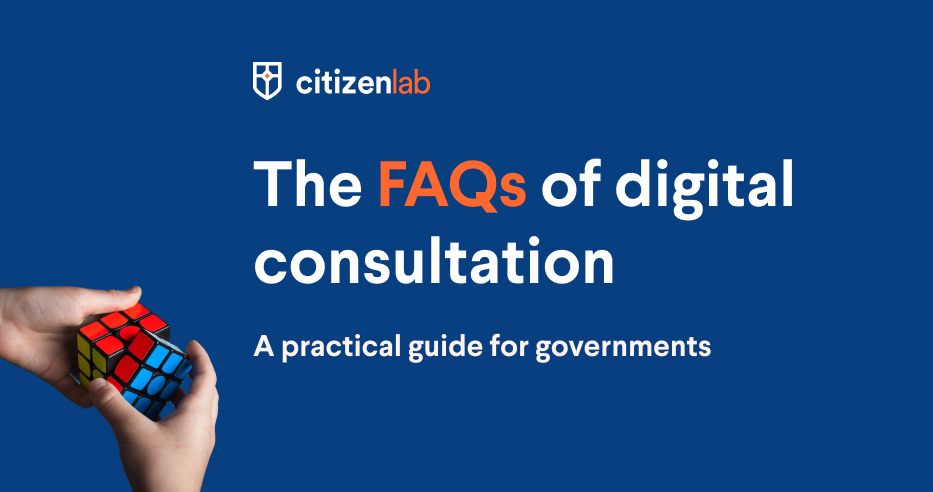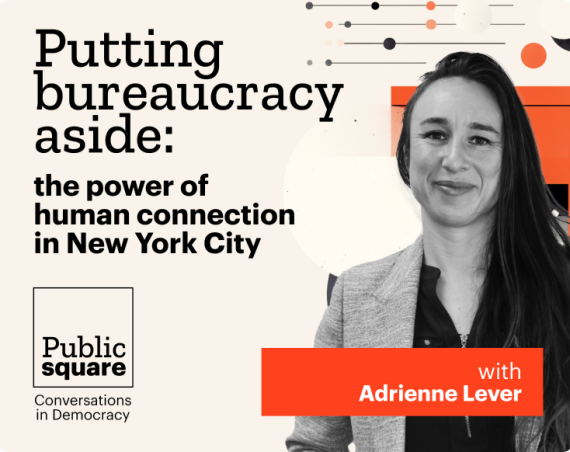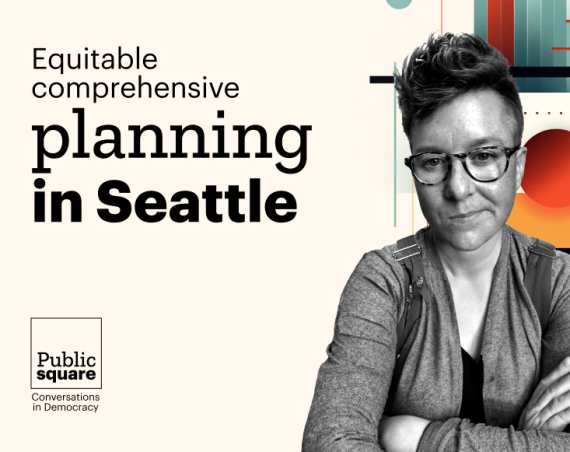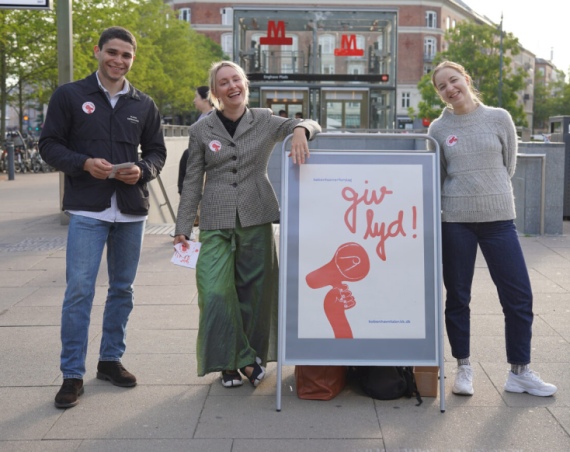This article is an excerpt of our free guide about the 10 FAQs on digital consultation. We share answers to common based on case studies and by sharing insights from civil servants. For a more detailed overview of our suggestions and the complete list of FAQs, you can download the guide.
At CitizenLab, we work with local governments around the world to build and maintain digital citizen participation. We notice councils, regardless of location, often share similar concerns and have the same questions when launching an online platform. That’s why we’re sharing our experiences on common challenges administrations face in the early stages of online participation projects. Do you have other questions we can help with? Feel free to reach out to us directly!
Q1: Where in the policy cycle should you involve citizens?
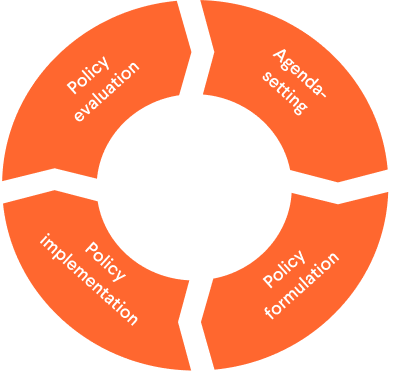
Community engagement is most meaningful early on in the policy process. If you involve citizens in setting the agenda or formulating policy, they get direct influence from the start which allows them to address issues they find important. Moreover, it allows your council to tap into collective intelligence! More benefits to facilitating citizen participation early on in the decision-making process are:
- It helps to better understand citizens’ needs as you allow them to share their concerns freely, instead of asking for a reply to an existing plan.
- Potential problems are identified straight away, which lowers the odds of new issues popping up once the policy is (nearly) finished.
- It offers the opportunity to co-create policy and hereby contributes to community support for the new policy.

Q2: How do you get your community to trust your platform?
Trust is a two-way street. The best way to convince citizens your platform is trustworthy is by ensuring they feel that they receive also receive trust from your council. How? Give citizens actual influence on your decision-making! It takes time to build trust, but the following actions will definitely help you get there:
- Communicate clearly and transparently. Give citizens honest information on your objectives, the project timeline and criteria, so that they can make a well-considered decision to participate. Commit upfront on how community input will be used; it should be clear from the start to what extent the citizens’ voice will weigh in on the final decision.
- Showcase results. Keep your promises and showcase the direct results of (earlier) participation projects. Hereby you point out to citizens why they should bother to register and participate, as it illustrates that their voice has a real impact! You can share the first results quickly to inspire more citizens to engage with your project.
- Take privacy seriously. Explain clearly why you’re asking for (specific) citizen data and what you intend to do with that information. Only collect the data you need to influence your decision-making process and be mindful of collecting personal information when it’s not relevant or will not be used.
Q3: How do you combine on- and offline?
Digital citizen participation can complement offline engagement but does not replace it. Align the on- and offline phases your project by actively transferring ideas and arguments from one domain to the other. This way you ensure the conversation continues between phases. How can this be achieved in practice?
During your offline event:
- Make a video of speeches by expert speakers or government officials where they outline their stance. These videos can be shared on your platform to provide context.
- Capture the input from citizens at the event and share these online. It helps to know whether the (popular) ideas during your event receive broader support in your community.
- Did your project start online? Share a summary of the digital discussion and suggestions. Is the event kicking-off your online participation? Mention to participants that the conversation will continue online and results will be shared here as well.
On your online platform:
- Ask input on the agenda of your offline-event;
- Use online surveys or polls to gather broad community feedback as a starting point for offline discussions;
- Give a clear recap of the main topics and challenges that came up during the offline talks to ensure the conversation can build upon this and evolve further.
Q4: How do you keep your platform relevant?
- Share (and repeat) results. Give frequent, short and sweet updates about what’s been going on on your platform. Which ideas sparked debate? Did you notice that multiple citizens shared similar thoughts? Give attention to what’s happening on your platform by joining in on discussions, e.g. asking citizens to clarify arguments, and by sharing updates regularly.
- Have at least one active project. If there’s no opportunity to participate once citizens log on to your platform, they are less likely to come back. If your ongoing project is in the analysis phase, make sure that citizens can at least find when they can participate again or when results will be shared.
- Allow citizens to share proposals. What if your community can always share their ideas outside of the ongoing participation projects? This would mean they could contribute to local policy at any time by simply posting their suggestion or need for the community. It provides an endless opportunity for citizens to participate, as the proposals don’t have to fit in the (time)frame of the existing projects.

Q5: How do you follow up on citizen input?
- Commit to giving official feedback. Make citizens feel heard by replying to their ideas with the official city accounts. The Belgian city of Leuven proves it can be done: after collecting 2.331 citizen ideas for the strategic multi-annual plan, the administration replied to 96% of these ideas over the course of one summer. Depending on the size of your team, this may not be feasible, but it’s a great way to build a dialogue and relationship with your community.
- Make use of the available technology. The benefit of a digital platform is the available technology that can help you to process a large amount of data. At CitizenLab, we work with Natural Language Processing (NLP). NLP technology clusters citizens’ ideas and provides decision-makers with insights on overarching trends.
- Share decision-making. Many governments underestimate the importance of doing this sufficiently, but an engaging way of sharing the outcome will inspire citizens to come back to participate in the following project! Therefore, make sure your results are easily accessible, clearly state how the citizen input informed your decision-making, and try to visualise the most significant policy actions.
Also curious about how you organize working with a digital platform internally? How you can reach a different audience than your usual suspects? Or how you pick the right participation method? Find the complete answers in our guide.
